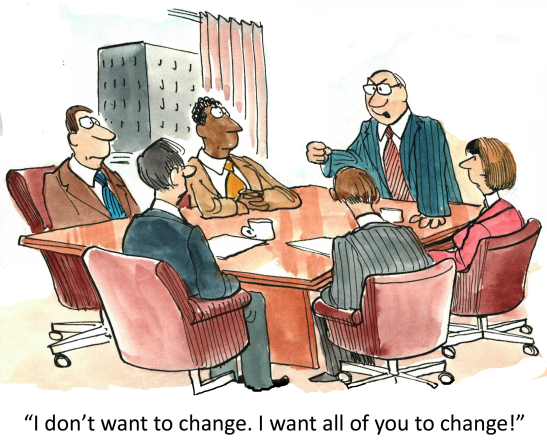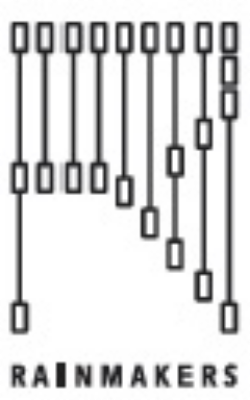Goals vs. Roles – Agile is Collaboration

Team collaboration in Agile project management – what it is, and how can it benefit your organization. Traditional project management processes can be top-heavy: emphasizing documentation, delineating lines between users and developers, and adhering to dependencies between activities as a means to underpin the work. Agile foregoes all of that in favor of working solutions; and the best way to get working solutions is through collaboration. Sounds straight-forward, right?
Collaboration Trumps Hierarchy
The sum is greater than the parts. And this is true for Agile project management. Close collaboration between developers, business users and product owners (regardless of authoritative reach in the organization) is essential to stimulate the Design Thinking needed to truly innovate. Co-location (whether physical or virtual) is a key element of Agile, ensuring project team members work side-by-side to envision, build and test deliverables.
Results Early and Often
Agile is particularly effective in software development, because it enables the team to deliver software early and often. Process-laden documentation protocols take a back seat in favor of working prototypes that enable every to see their ideas come to fruition. With ideas delivered in small, continuous releases, the benefit lies in seeing the vision as it takes shape. Throughout, software can be refined and extended until a finished product is delivered.
Change is Welcome
Change is essential for the team and end product to benefit from the learnings born out of ongoing collaboration. As visions solidify and gaps fill, change will inevitably result. And this is a good thing – progressively, the team will know more than when the journey began and will have proven out their assumptions along the way.

Rainmakers Agile Series – Goals vs. Roles




